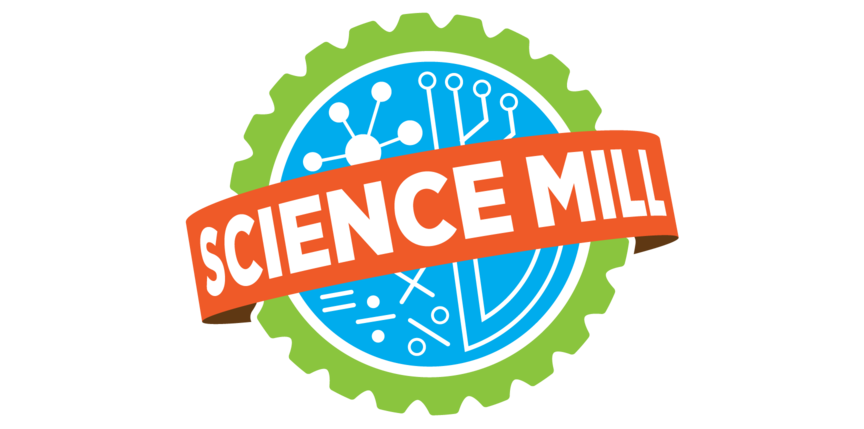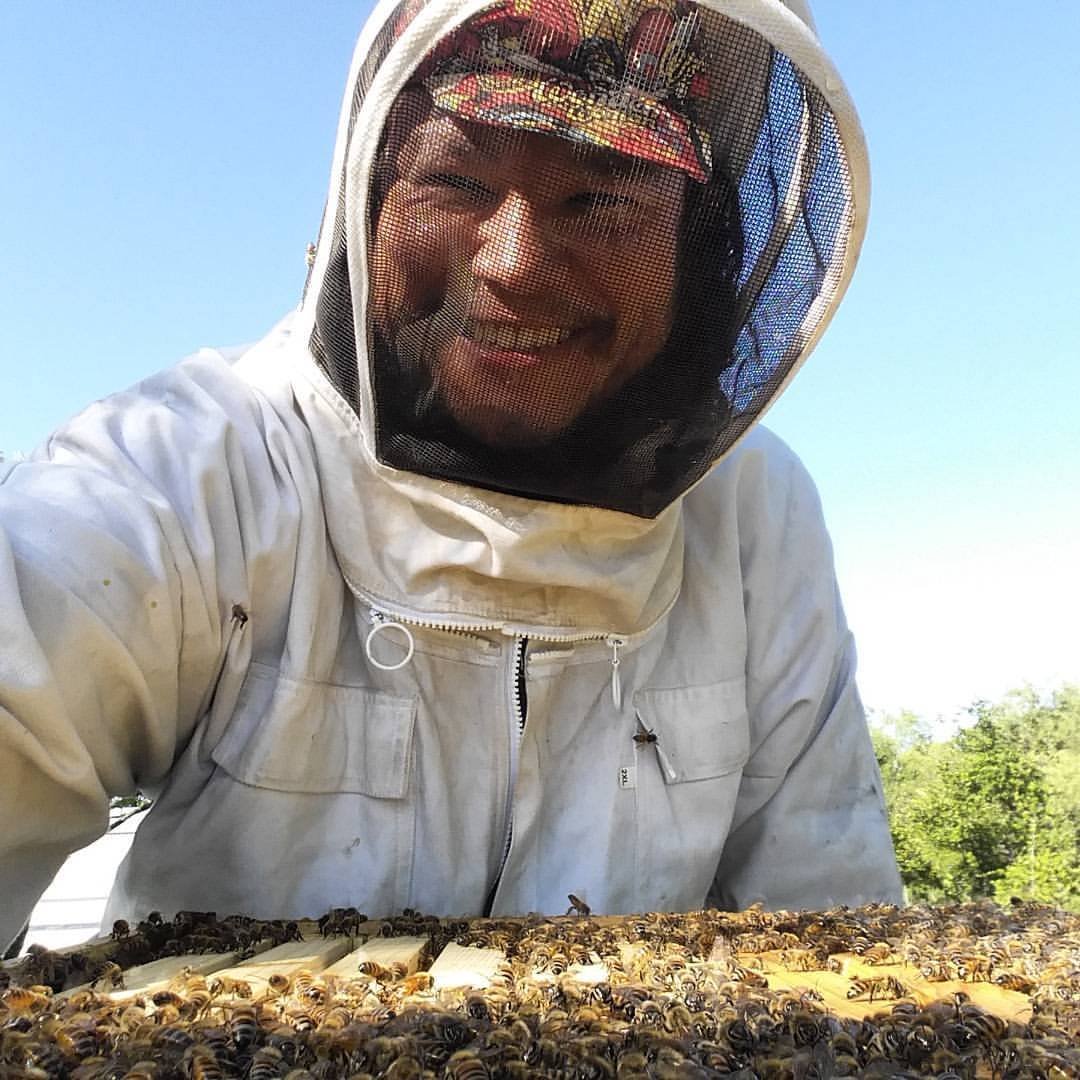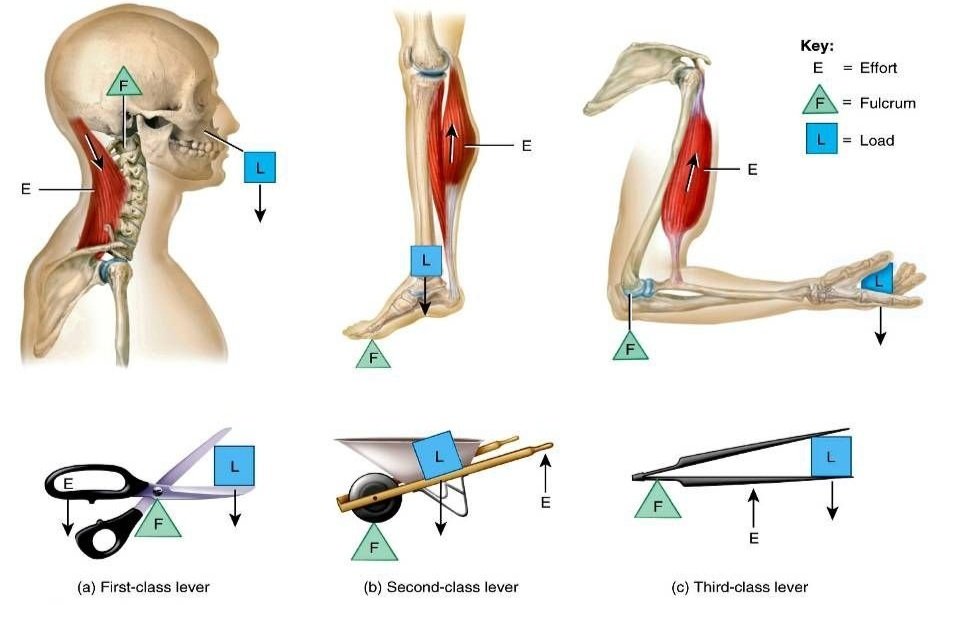The Science Mill is thrilled to have members of The Spring Konstant, a FIRST Robotics Competition Team at Dripping Springs High School, join us for Robotics Day on May 14! We chatted with four teammates—sophomore Alexa and freshmen Gavin, Shaun, and Marshall—who shared their experiences and advice for kids interested in trying robotics.
***
Balls fly toward hoops as the crowd cheers, players dodging each other to line up shots. Fans hold their breath as competitors try to grab a bar high above before the clock ticks down. Welcome to the world of FIRST Robotics Competition, where teams of teens design, build and operate custom robots to take on challenging tasks.
Gavin witnessed the excitement of a FIRST Robotics Competition when his older sister participated. “It was intense and complex; I was already interested in STEM and I knew I wanted to have that experience, too.” As a 4th or 5th grader, Shaun also saw a competition and was fascinated. “I thought, ‘The second I’m in high school, I’m doing that!’ I remember seeing this wild set up with an Xbox controller and a mass of wiring and wondering what was going on. Looking back, it now makes sense to me how that would all go together.” For Marshall, joining the robotics team built on his childhood love of LEGO engineering sets. “It was a new outlet to tap that interest and apply engineering skills to real world problems.”
Alexa’s reaction to robotics competitions was a little different. “I thought it was nerdy!” she confesses with a laugh. She first learned about the program from her cousins, but a computer science teacher encouraged her to give it a second look. “I had this idea that you had to be super smart in STEM to do robotics. Really, it’s about working hard and having a positive mindset to take on new challenges.”
All four teens emphasize that you do NOT need a background in engineering or programming to join a robotics team. The season starts with rapid prototyping sessions and clinics to build skills in five key areas: electronics; tools/hardware; programming/software; computer-aided design (CAD), which allows them to create their robot virtually and send out specs to manufacture custom parts; and business, which includes developing pitch presentations and securing sponsors. Later, different schools meet up for team-to-team coaching clinics. “Sometimes it’s just easier to understand things from a peer,” the teens note. By the end of the training period, everyone has earned an OSHA certification—after all, they’ll be the ones running a workshop full of serious fabrication tools once the big build starts.
The official kick-off event in January reveals that year’s game from FIRST. This includes the layout of the playing arena, tasks the robots will be required to complete, possible points teams can earn for different tasks, and restrictions they’ll need to follow. For the 2021-22 season, robots needed to shoot balls into a hoop that is 8 ft. 8in. high and climb up a set of vertical bars, the tallest at 7 ft. 7in. Robots could weigh up to 120 pounds and be a maximum 4 ft. 6 in. tall at the start of a match, with no parts more than 16 in. past the base—a restriction that meant any “arms” for the climbing challenge had to be fully retractable.
How each team decides to interpret the requirements is part of the game. “There are lots of ways to solve the same problem. Crazy ideas can be solutions and it’s fun to surprise everyone with stuff you never thought robots could do,” says Shaun. For instance, do you turn your robot to shoot a ball or design a rotating turret to shoot from any position? Have a human operator line up shots or use a computer-guided system to calculate distance, speed, and angle? Build an extra-speedy intake to scoop up multiple balls? Create a catapult to hit the higher hoop that’s worth more points? One team this season wowed everyone with a robot that sprang straight to the highest (and highest scoring) rung in the climb challenge.
Even when a wild idea works, it might not make the final cut. “At the start of the season, our team split into groups to work on different tasks,” Alexa explains. “While the independent parts were good, we discovered later they didn’t go together.” The team realized they needed to improve their communication for a successful season. “You’re all working on one problem—how to build this robot—and you have to solve it with collaboration,” adds Marshall. “It makes you realize that, outside of robotics, you can meet other problems better with collaboration, too.”
Collaboration and communication play a crucial role in the competition as well, thanks to FIRST Robotic’s unique 3-on-3 game play: any three robots can be put together at random to face off against three others. “So even though it’s a competition, it's not about rivalry; it’s alliances and you really work with everyone,” says Alexa. Teams have just 10 minutes to talk through their bots’ strengths and weaknesses and agree on a strategy to rack up points. For example, one robot might need to play defense, while another robot focuses on scoring hoops. To earn ranking points, which qualify teams for state and world competitions, at least two of the group’s three robots had to successfully climb. “You literally can’t do it alone,” Gavin emphasizes. “Our mentor Dr. E [a local software engineer for Intel] likes to say it’s not about being the best team or having the best robot. It’s about the team spirit and the experience you get participating in the whole process.”
Watch Spring Konstant and their Red Alliance in a 3-on-3 match
Along with team building and meeting new people, the teen’s favorite parts of robotics are also some of the most challenging. “Nothing goes right the first time!” they joke. “You think something will go together so well…and it doesn’t,” shares Shaun. “You solve one problem, and it just creates more issues with the next step.” But they agree this makes it even more satisfying when things do finally work. Gavin and Marshall look back fondly now on the frustration of taking apart the robot’s gearbox ten times. Alexa recalls the triumph of cracking the trigonometry behind a bar-skipping climb. Being part of robotics has pushed them all to try new things that go beyond circuits and code, including developing their identities as leaders. Through outreach events like Robotics Day at the Science Mill, the team introduces younger kids to engineering and programming concepts.
What comes after the robotics team? Shaun is interested in aerospace engineering, while Marshall is intrigued by microchips and may pursue electrical engineering. Robotics has helped Alexa realize how her knack for programming could amplify her passion for health science, perhaps developing software for medical machinery. Gavin thinks he’ll likely go into engineering, but is quick to point out that their experiences on the team go beyond that. “You don’t need to do engineering as a career to benefit from robotics; STEM skills are needed in any job, to help you look at things in new ways.”
***



















Interested in robotics? Start here!
Below, the teens share recommendations for kids who might be interested in joining a robotics team. Their three biggest pieces of advice:
It’s totally fine to come in with no background in coding or engineering
Practice a “growth mindset” to help you take on new challenges and learn from mistakes
If you give STEM a try, you’ll find things you like—there’s something for everyone!
Programs to explore and skills to build
LEGO engineering kits—FIRST also offers LEGO Leagues that start as young as ages 4-6
Hummingbird robotics kits from BirdBrain Technologies—the Science Mill uses these for lots of programs!
Hopscotch coding app—good for learning the basics of programming with visual cues
Scratch coding platform—another good intro that lets you “build” with blocks of code
Codecademy—helpful for learning a specific programming language, like Java or Python
Work on your math skills—again, not a requirement, but they definitely help you decode what other teams did and breakdown challenges into solvable pieces
Try problem-solving activities to think like an engineer—no need for fancy equipment here! Identify a problem, brainstorm solutions, use cardboard and recyclables to prototype your idea, then keep testing and improving. (Hands-on problem-solving is also great for building grit and resilience.) Check out our Think like a Robot Inventor blog for more ideas.